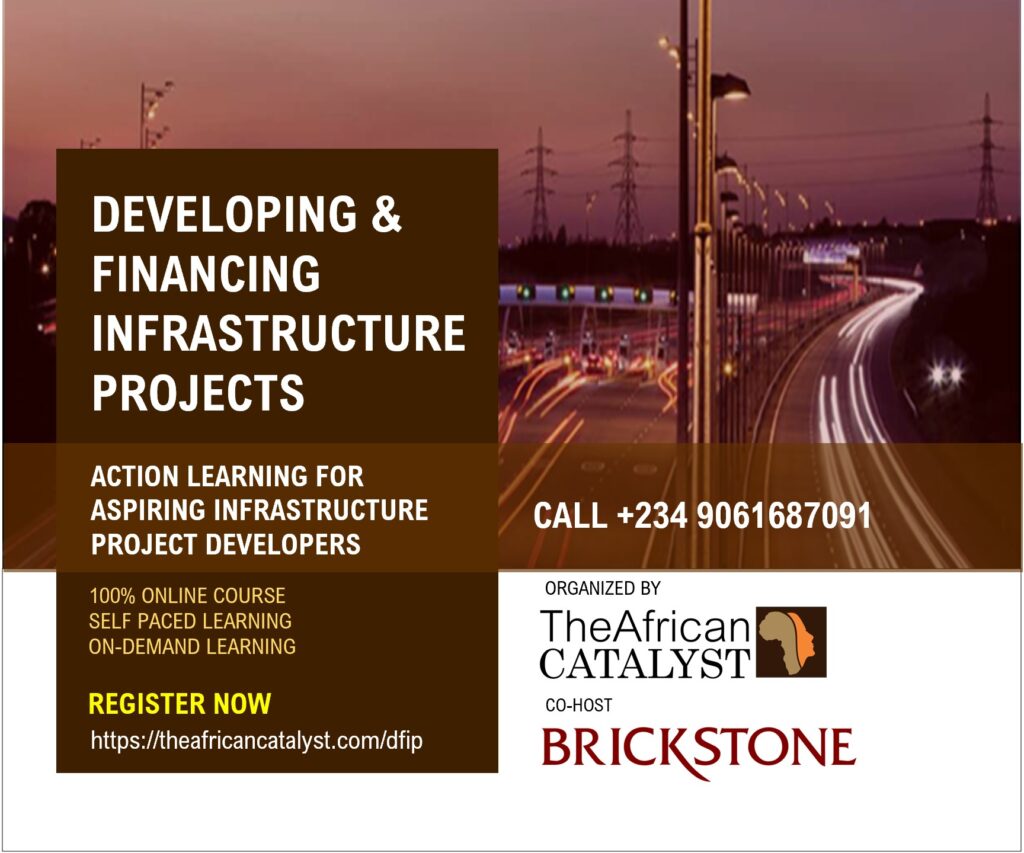Who Finances Energy Projects in Africa?
Energy Projects in Africa
Public and private finance for energy projects in Africa from countries in the Group of Twenty (G20) and multilateral development banks (MDBs) from 2012 to 2021 totaled $345.76 billion, according to this paper’s findings. Amounting to an average of about $35 billion per year, this finance was within the estimated $31.5–$45 billion range necessary to address Africa’s annual energy finance gap.
However, it was distributed unevenly, with ten countries receiving 77 percent of all finance over the ten-year period. Some inequity may be a consequence of differing domestic energy demands, investment environments, or natural resource endowments across countries.
However, the resulting distribution of energy finance over the past decade was such that many African countries—home to hundreds of millions of people—were left with substantial gaps in their financing necessities.
This article by Brickstone reviews Carnegie Endowment’s publication on financing energy projects in Africa, highlighting key facts and insights.
Financing Energy Projects in Africa
Energy infrastructure facilitates economic growth, generates jobs, increases productivity, and reduces the cost of doing business. Yet, many African countries experience a wide range of energy deficits, including low rates of electricity access and a lack of clean cooking fuels and technologies.
About 600 million people—43 percent of Africa’s population—lacked access to electricity in 2021. Almost 98 percent of those people lived in sub-Saharan Africa.
Yet, Africa has an abundance of energy potential. The continent uses only 11 percent of its hydropower potential and 0.01 percent of its wind potential; it also holds 60 percent of the world’s solar resources.2 By 2050, it will hold 11 percent of the world’s gas/liquefied natural gas (LNG) market and will be the region with the second-highest growth supply of gas after the Middle East.
Given this resource potential, there is immense opportunity for African countries to increase their domestic energy access rates while also benefiting from energy exports.
The following are key points to note:
The desire among African leaders and policymakers to harness the opportunities of the continent’s energy resource potential has led to high demands for energy finance. Africa requires between $35 billion and $50 billion in energy finance to reach the United Nations’ seventh Sustainable Development Goal: access to affordable and clean energy for all. African governments and international financiers have played a role in contributing energy investments to address these needs. However, the continent attracts less than 5 percent of global energy investment.
Despite the availability of aggregated statistics on the energy investment directed to Africa, there is a lack of comprehensive data and analysis on the estimated amount of funds external financiers have contributed to African energy projects. In general, data on finance for energy projects in Africa are dispersed across multiple databases. Some data provide total aggregates without much granularity by region or country.
Public energy finance is defined as finance for energy projects from government-backed financial institutions in G20 countries and from MDBs. Government-backed institutions include a country’s ECAs, DFIs as defined by the country, national development banks, aid agencies, and any other public institutions that provide finance. These institutions provide grants, loans, guarantees, insurance, and equity.
Private energy finance refers to foreign direct investment (FDI) from corporations in the form of greenfield investment and brownfield investment. Greenfield FDI indicates private sector companies’ willingness to finance new energy projects in Africa, and brownfield FDI in the form of mergers and acquisitions (M&A) indicates investors’ willingness to turn around existing companies for a profit.
Public financing institutions and corporations from G20 countries, as well as MDBs, committed $345.76 billion in public and private finance to energy projects in Africa from 2012 to 2021. This was $35 billion on average per year, an amount that was within the range of Africa’s estimated $31.5–$45 billion gap for energy finance. Public energy finance amounted to $197.17 billion, or 57 percent of the total, and private energy finance amounted to $148.59 billion, or 43 percent of the total.
Most of the $345.76 billion in energy finance for African countries went to projects with gas/liquefied natural gas (LNG), mixed fossil fuels, and solar energy sources. Of the total energy finance, $197.17 billion (57 percent) came from public institutions, while $148.59 billion (43 percent) came from private corporations.
Both streams, public and private, were highly concentrated in terms of senders and recipients, though the recipients differed slightly. For both streams, gas/LNG projects received the most or nearly the most finance. Public finance was directed to projects with more diverse energy sources, but less of the financing was directed to solar and wind projects.
Most of the private finance was directed to fossil fuel projects, but when compared to public finance, a higher proportion of private finance supported solar and wind projects.
Overall, the average amount of energy finance commitments that flowed to Africa from 2012 to 2021 may have been within the range of estimated need, but the unequal distribution of this finance risked leaving many countries behind. The small number of major players on the supply side of energy finance also created the potential for volatility, as internal guidance on funding priorities among these senders could evolve over the coming years and decades.
Policymakers in financing countries could therefore prioritize finance distribution based on annual demands from historically low-level recipients, diversify financiers by redirecting financing to African regional banks and investors, and use public finance to crowd in private finance to projects with high potential for energy access in Africa.
Read the full publication here.






